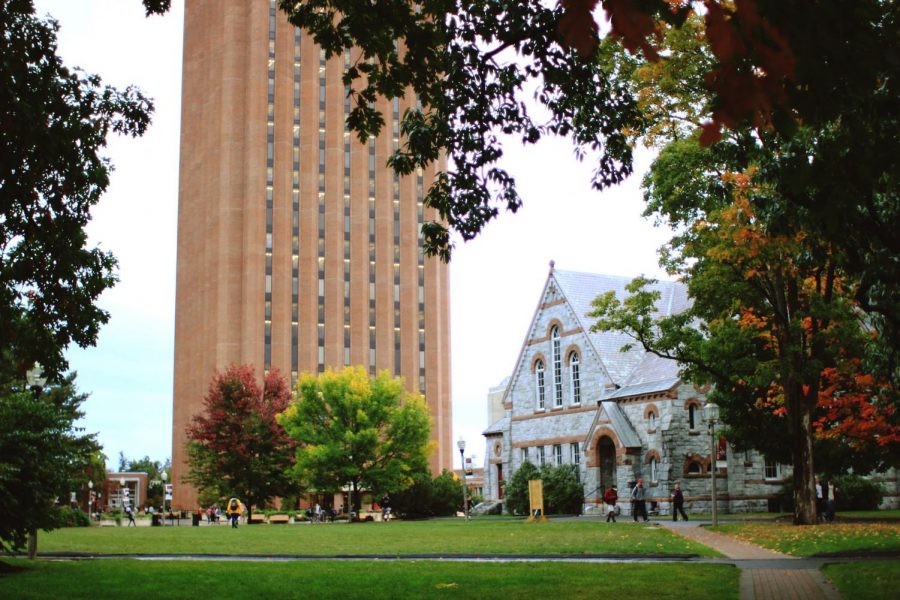It is no secret that the sheer cost of attending college as an undergraduate student has skyrocketed across the United States in recent decades, even when accounting for inflation. The financial struggle many students and families are faced with in order to pay for higher education appears to worsen with each calendar year, ultimately placing young adults into precarious situations in regard to their futures. Many families choose to send their children to state schools with the hopes of saving money in an extremely harsh economic climate, yet even schools like the University of Massachusetts have increased the cost of attendance past the point where some students can feasibly afford to pay.
The University of Massachusetts Board of Trustees recently voted to increase tuition costs for in-state undergraduate students by 2.5 percent for the 2018-19 school year, along with a three percent increase for out-of-state undergraduate students. While it may seem these price increases are merely a consequence of existing in contemporary society, we must consider the toll this inflation can cause on families struggling to pay for college in any capacity. Some students may just barely make paying for college attendance work as freshmen, only to be faced with cost increases in subsequent years that make obtaining an education next to impossible. In fact, one of my best friends is facing a difficult decision this semester about whether or not she can afford to attend UMass in the spring. Despite working a full-time job this past summer and saving thousands of dollars for this fall semester, she simply does not have the money to pay for next semester, even with assistance from financial aid. Even worse, she works two jobs on campus this year to save money, making paying for her education more important than actually experiencing it. The rising cost of attendance at UMass has placed my friend and no doubt many students like her in this extremely unfortunate situation. I can only ask: how much more can we really pay?
These climbing undergraduate expenses will not only affect students of our age group, but also those still completing their secondary education. Who can say whether or not prices will have continued to skyrocket when younger students seek to begin their college education? I often wonder about what college attendance costs might look like when my younger sister is preparing to attend college. If prices continue to rise, it seems as though we must all consider what realistic options will be available to otherwise qualified students seeking to further their careers with a college degree. The unfortunate truth is that as formidable schools like UMass raise the bar on expenses, many students are left behind looking for a way to succeed. We live in a country where the economic system tends to revolve around acquiring a college degree in order to ensure broader career prospects. But if UMass continues on this path, can we truly say in good conscience that every student has access to an affordable college education?
Regrettably, young people are faced with difficult choices over their education today more than ever before. This situation forces us to choose either the unforgiving burden of student debt, or the unsure gamble of moving into adulthood without a formal college education. While the opportunities available to us at UMass are exceptional, it is worrying that an increasing number of students must weigh the cost of attendance with the possibilities available to them. No young person like my friend should have to work multiple jobs to pay for school while attempting to focus on their studies at the same time. We cannot allow the college system to become something that only those with the financial means to pay upfront or take out loans can afford; every young person should have the ability to obtain a higher education if they so wish.
Jake Russian is a Collegian columnist and can be reached at [email protected].



















